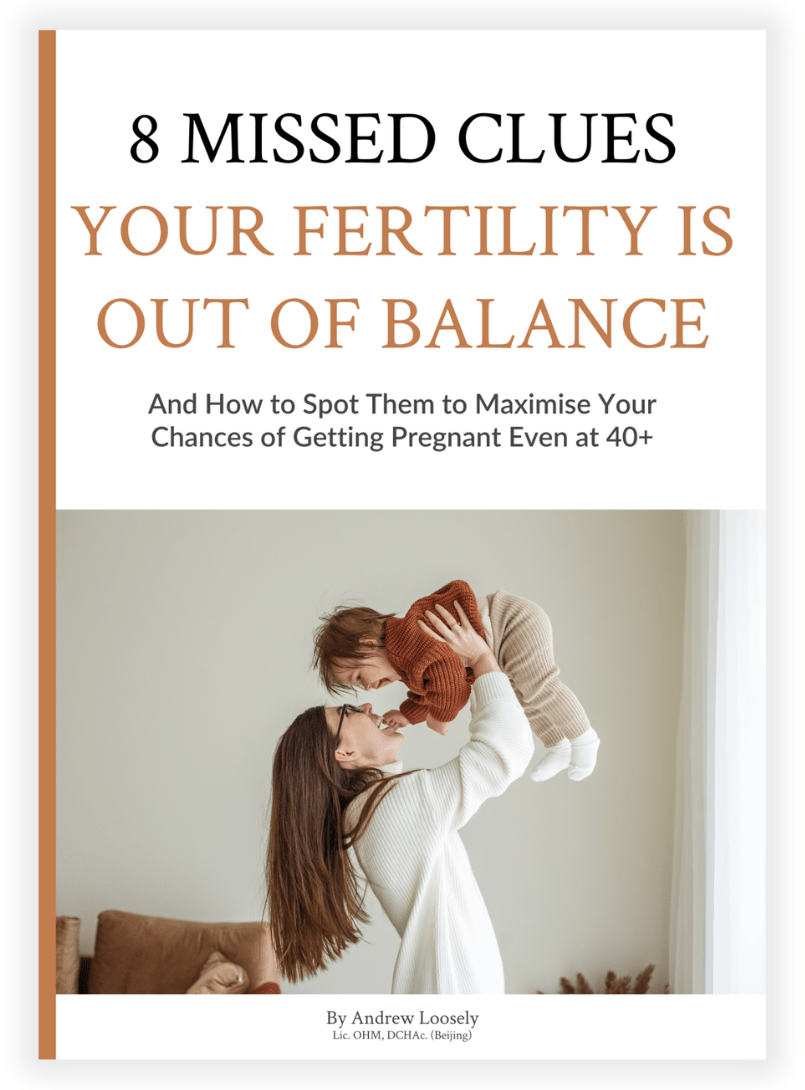How Ultrasound Helps with Fertility Diagnosis
Ultrasound is a useful tool, which is particularly well suited to natural healthcare. It significantly increases our diagnostic ability by allowing internal organs to be examined in a safe, non- invasive way.
Gynaecological ultrasound evaluates and measures your uterus, the uterine lining (endometrium), the area behind your uterus (cul-de-sac), the ovaries and the area around each ovary (adnexae). This helps in diagnosing and monitoring treatment progress for uterine abnormalities such as fibroids, polyps and cancer and ovarian abnormalities such as cysts, polycystic ovaries, infections and cancers.
Ultrasound is particularly helpful in monitoring follicle (egg) development and endometrium thickness during fertility treatment.
If you are pregnant, an ultrasound examination can be used to confirm the location of the pregnancy, to determine the approximate date of conception and expected date of delivery, and to evaluate the fetus (or fetuses) and the environment in which the fetus is growing.
How Does it Work?
Ultrasound uses sound waves that are of a frequency higher than the normal range of hearing. These sound waves are transmitted into the body by a transducer. Sound waves from the transducer are reflected off the internal organs and interpreted by the scanner to create an image on a computer screen. These images are then printed onto paper, to be recorded as a series of pictures. Usually you are able to see the screen as the ultrasound examination is performed. The words “ultrasound study,” “ultrasound exam,” “scan” and “sonogram” all mean the same thing and are often used inter-changeably.
Ultrasound Safety
Diagnostic ultrasound has been in use since the late 1950’s.
No confirmed adverse biological effects on patients resulting from this usage have ever been reported, despite widespread use and hundreds of clinical studies into safety all over the world since that time.
Your Examination
The initial ultrasound examination may be done at any time during your cycle, and if you are menstruating it is not necessary to reschedule your appointment.
For an Antral Follicle Count, you can complete the scan at any time of the cycle, but the best time is 7-9 days after ovulation so that you can also assess some other aspects of your fertility health.
The benefits of doing it at this time of the cycle is that you gain more information compared to earlier on. Here are the key things that you can assess:
- the number of follicles
- whether ovulation has occurred – by detecting a Corpus Luteum
- the thickness of the Endometrium at its thickest stage of the cycle – this is better than earlier in the cycle when the lining is not yet fully thickened
- blood flow to the uterus and ovaries
- general health and presentation of the ovaries and womb
When having a scan it is helpful to have a full bladder as this makes the images clearer. Just avoid passing water for one and a half hours prior to your appointment.
The ultrasound examination may consist of two parts: the transabdominal (through the abdominal wall) exam and the transvaginal (through the vaginal wall) exam. Sometimes, only one view will be necessary.
The transabdominal exam is done with a full bladder. A warm gel will be applied to your abdomen and the transducer will be moved over the abdomen. Sound waves sent out from the transducer enter the body and are reflected back as they come into contact with the internal organs. The only sensation you feel with this portion of the exam is firm pressure as the transducer is applied to the abdomen.
You will be asked to empty your bladder before the transvaginal portion of the examination is done. The transvaginal scan allows the transducer tip to be closer to the internal female organs to provide better picture quality (particularly of the ovaries). This portion of the exam should not be any more uncomfortable than a pelvic exam.
Need more help?

Free Guide
8 MISSED CLUES YOUR FERTILITY IS OUT OF BALANCE – even if you’re over 40
Discover What’s Stopping You Having Your Baby
8 MISSED CLUES YOUR FERTILITY IS OUT OF BALANCE – even if you’re over 40
If you’re 40 or over and pregnancy isn’t happening for you naturally, or with IVF, then this guide will help you discover why being 40+ isn’t a barrier to having a baby – as long as you identify the root cause of your fertility issues and then bring your body back into balance.